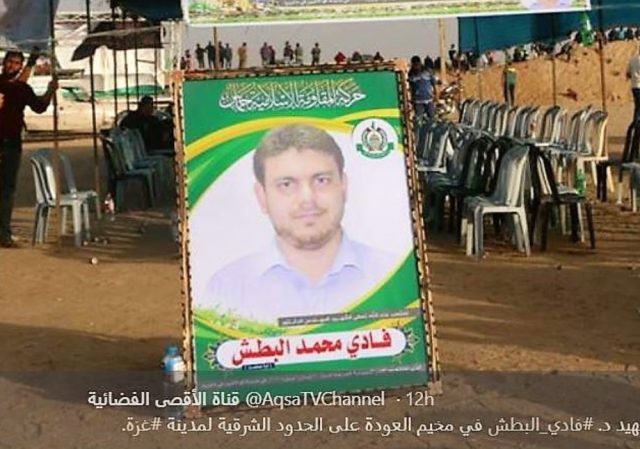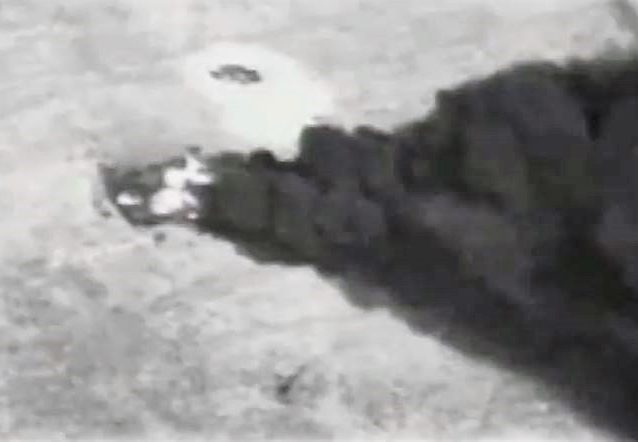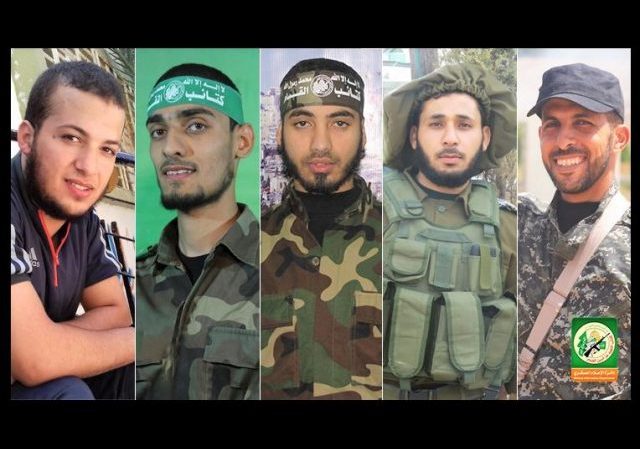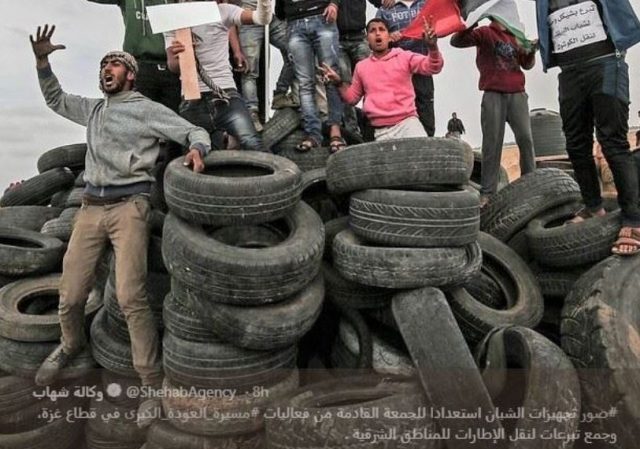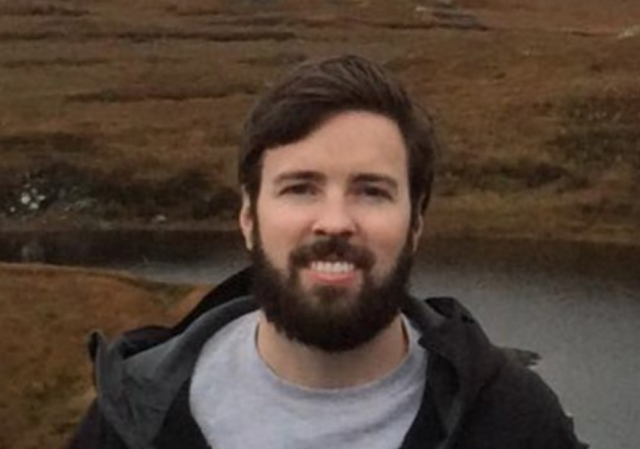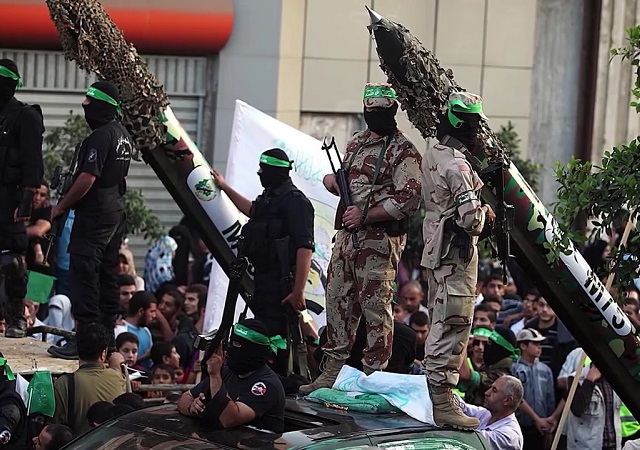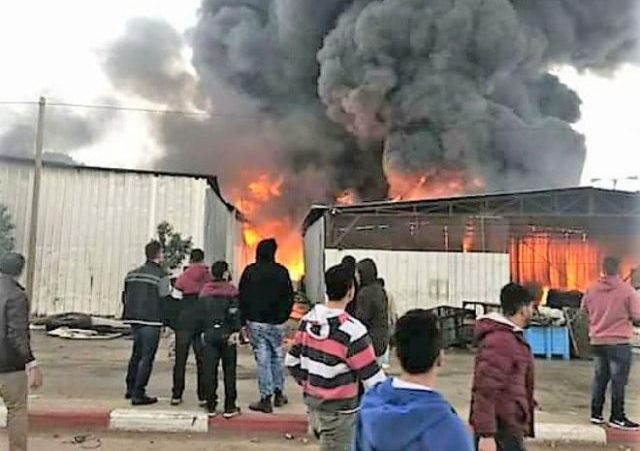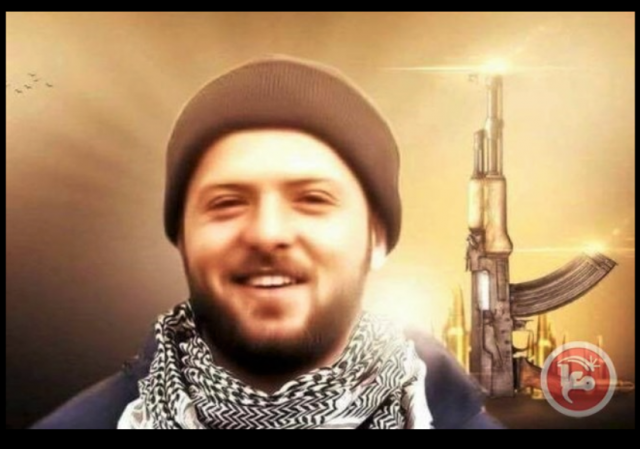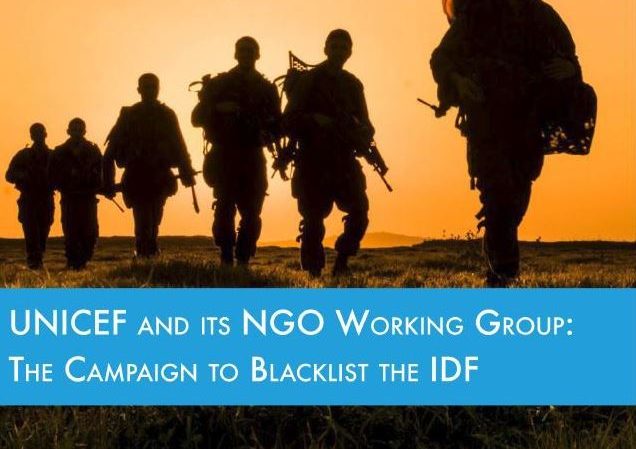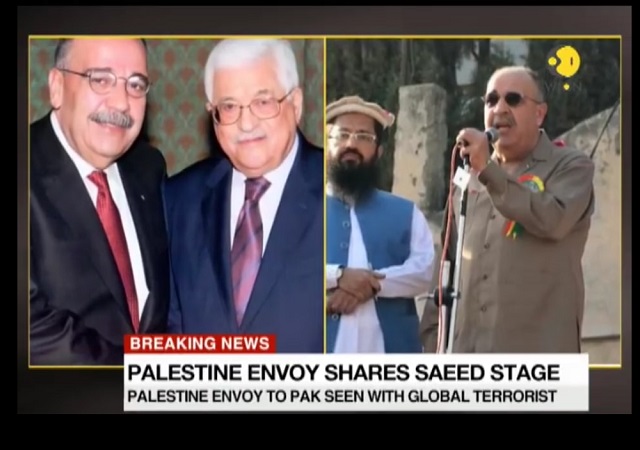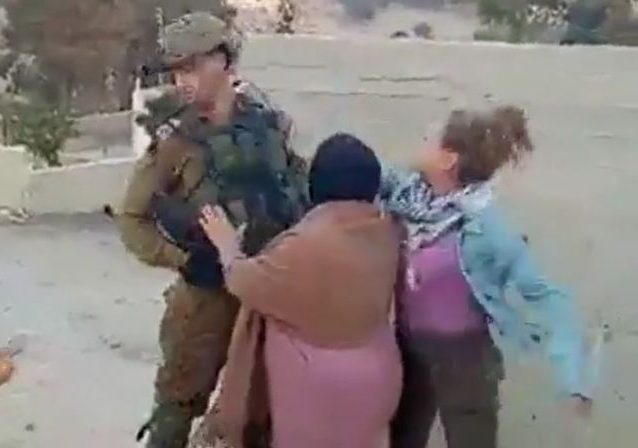Palestinian “scholar” Fadi al-Batsh gunned down in Malaysia was key Hamas military engineer
on April 22, 2018
9 Comments
Fadi al-Batsh grew up in Gaza, but had been living in Malaysia for years. Al-Batsh was, by his day job, an academic focusing on electrical engineering in Malaysia.
The Linked-In Profile for al-Batsh, whose name appears transliterated in some reports as al-Batash or Albatsh, listed his current academic employment history.

